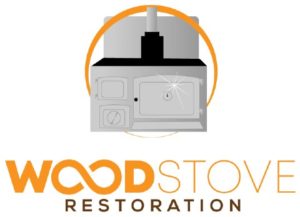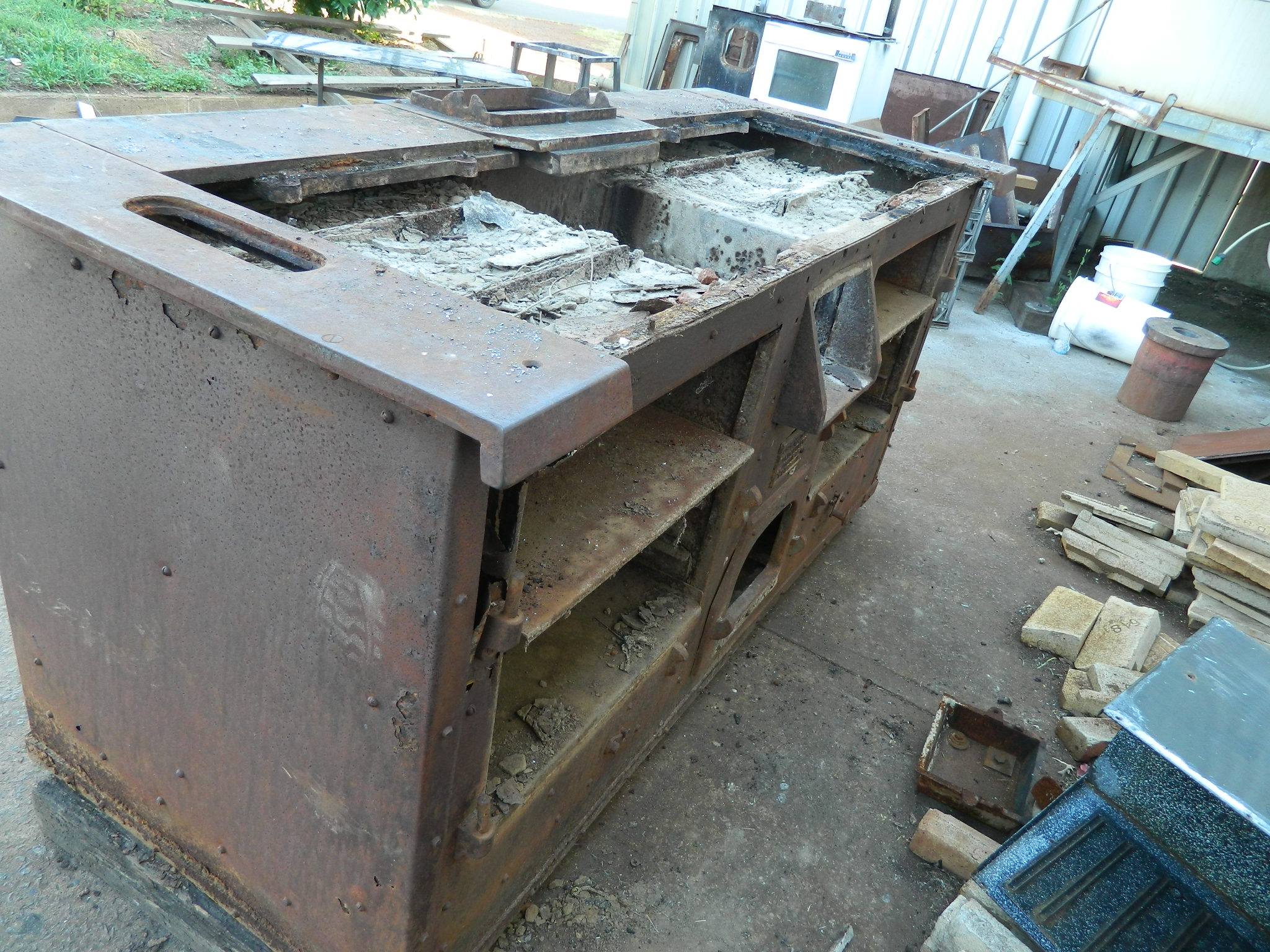Introduction
Wood stoves have long been an integral part of Australian homes, offering warmth, ambiance, and a reliable heating source during cold seasons. With the growing appreciation for vintage and restored items, the demand for restored wood stoves has surged in recent years. However, potential buyers should be aware of the factors influencing the cost of these stoves and the risks of overpaying for used stoves with hidden issues.
Factors Influencing the Cost of Restored Wood Stoves
- Rarity and Demand for Antique Models
- Antique wood stoves are often sought after for their historical significance and unique craftsmanship, driving up their value in the market.
- Rare models or those with distinctive features command higher prices due to their scarcity and desirability among collectors and enthusiasts.
- Quality of Restoration Workmanship
- The cost of restoring a wood stove depends on the level of craftsmanship and expertise involved in the restoration process.
- High-quality restoration work, including sandblasting, repainting, and replacing worn parts, can significantly increase the overall cost of the stove.
- Additional Features and Upgrades
- Restored wood stoves may include additional features or upgrades, such as decorative detailing, improved insulation, or modernized controls, which can contribute to higher prices.
Hidden Issues in Used Wood Stoves
- Structural Damage and Wear
- Used wood stoves may exhibit signs of structural damage, such as cracks, warping, or weakened joints, compromising their safety and longevity.
- Wear and tear from years of use can affect the stove’s functionality and efficiency, requiring costly repairs or replacements.
- Hidden Corrosion and Rust
- Corrosion and rust may be concealed beneath layers of paint or enamel, posing a risk of structural weakening and compromising the stove’s integrity.
- Hidden corrosion can lead to leaks, emissions, and potential safety hazards if not addressed promptly.
- Efficiency and Safety Concerns
- Used wood stoves may suffer from reduced efficiency and performance due to accumulated soot, debris, and worn components.
- Safety concerns, such as improper ventilation, leaking seals, or damaged flue pipes, can pose risks of fire, carbon monoxide poisoning, and regulatory non-compliance.
Risks of Overpaying for Used Wood Stoves
- Financial Investment vs. Value Received
- Overpaying for a used wood stove with hidden issues can result in a poor return on investment, as the cost of repairs and maintenance may outweigh the stove’s actual value.
- Buyers should consider the long-term cost-effectiveness of purchasing a restored wood stove versus investing in a new or properly restored model.
- Potential Repair and Maintenance Costs
- Hidden issues in used wood stoves may require extensive repairs or replacements, adding to the overall cost of ownership.
- Regular maintenance and upkeep are essential for ensuring the longevity and safety of the wood stove, adding to the ongoing expenses for the owner.
- Safety Hazards and Regulatory Compliance
- Compromised structural integrity, inefficient combustion, and emissions exceeding regulatory limits can pose safety hazards and legal liabilities for the owner.
- Failure to comply with safety standards and emissions regulations may result in fines, penalties, or even the shutdown of the wood stove.
Importance of Thorough Inspection
- Hiring a Qualified Technician
- Before purchasing a used wood stove, buyers should hire a qualified technician to conduct a thorough inspection of the stove’s condition and functionality.
- A professional inspection can identify hidden issues, assess safety concerns, and provide recommendations for repairs or maintenance.
- Assessing Structural Integrity and Functionality
- Inspectors should carefully assess the stove’s structural integrity, checking for signs of damage, corrosion, and wear.
- Functional tests, such as checking the operation of air controls, draft, and seals, can determine the stove’s efficiency and safety.
- Testing for Leaks and Emissions
- Testing for leaks and emissions is crucial for ensuring the wood stove’s compliance with safety standards and environmental regulations.
- Smoke tests, carbon monoxide detectors, and flue gas analysis can detect leaks, emissions, and combustion inefficiencies, informing necessary repairs or adjustments.
Considerations for Purchasing Restored Wood Stoves
- Setting a Budget and Price Comparison
- Buyers should establish a budget for purchasing a restored wood stove and compare prices from different sellers and restoration services.
- Price transparency and itemized quotes can help buyers make informed decisions and avoid overpaying for unnecessary features or services.
- Researching Reputable Sellers and Restoration Services
- Researching reputable sellers and restoration services is essential for ensuring the quality and authenticity of restored wood stoves.
- Customer reviews, testimonials, and referrals can provide insights into the reputation and reliability of sellers and restoration professionals.
- Evaluating Long-Term Cost Savings and Benefits
- Consideration should be given to the long-term cost savings and benefits of investing in a properly restored wood stove.
- Energy efficiency, durability, and performance advantages can outweigh the initial cost of purchasing a restored wood stove, providing value and satisfaction to the owner.
Benefits of Investing in Quality Restoration
- Extended Lifespan and Durability
- Quality restoration work can extend the lifespan and durability of a wood stove, allowing it to provide reliable heating for many years to come.
- Proper maintenance and care can further enhance the stove’s longevity and performance, preserving its value and functionality.
- Improved Efficiency and Performance
- Restored wood stoves typically offer improved efficiency and performance compared to their used counterparts, resulting in greater heat output and fuel savings.
- Modern upgrades and enhancements, such as improved insulation and combustion technology, can optimize the stove’s efficiency and environmental impact.
- Preservation of Heritage and Craftsmanship
- Investing in quality restoration supports the preservation of heritage and craftsmanship, ensuring that vintage wood stoves continue to be appreciated and enjoyed by future generations.
- Restored wood stoves serve as tangible reminders of our cultural and industrial heritage, celebrating the ingenuity and artistry of past generations.
Sustainable Heating Solutions
- Environmental Impact of Wood Stove Use
- Wood stoves offer a renewable and sustainable heating solution, utilizing biomass fuel sources such as wood pellets, logs, or chips.
- Wood burning releases carbon dioxide, but when harvested sustainably, wood fuel is considered carbon-neutral, as new trees absorb the carbon dioxide emitted during combustion.
- Energy Efficiency and Carbon Footprint
- Properly restored wood stoves are highly energy-efficient, converting the majority of the fuel’s energy into usable heat for heating indoor spaces.
- By reducing reliance on fossil fuels and electricity for heating, wood stoves can help lower household energy consumption and carbon emissions, contributing to environmental sustainability.
- Supporting Sustainable Practices in Restoration and Usage
- Supporting sustainable practices in wood stove restoration and usage promotes environmental responsibility and conservation.
- From using eco-friendly materials and processes in restoration to practicing responsible wood fuel harvesting and consumption, every effort contributes to a greener and more sustainable future.
Community and Resources for Wood Stove Enthusiasts
- Online Forums and Communities
- Online forums and communities provide a platform for wood stove enthusiasts to share knowledge, experiences, and resources.
- Discussion forums, social media groups, and online marketplaces connect buyers, sellers, and restoration professionals, fostering a vibrant and supportive community.
- Local Workshops and Events
- Local workshops and events offer opportunities for hands-on learning, networking, and collaboration among wood stove enthusiasts.
- Restoration workshops, trade shows, and educational seminars provide valuable insights and practical skills for restoring, maintaining, and using wood stoves.
- Sharing Knowledge and Experiences
- Sharing knowledge and experiences with fellow wood stove enthusiasts promotes learning, innovation, and camaraderie within the community.
- Whether through online discussions, in-person gatherings, or collaborative projects, sharing expertise and passion for wood stoves enriches the collective experience and appreciation of this timeless heating appliance.
Conclusion
Restored wood stoves offer a blend of functionality, aesthetics, and sustainability that appeal to homeowners seeking reliable and environmentally friendly heating solutions. However, the cost of restored wood stoves can vary significantly depending on factors such as rarity, quality of restoration workmanship, and additional features. Buyers should exercise caution to avoid overpaying for used stoves with hidden issues, conducting thorough inspections and research before making a purchase. By investing in quality restoration and supporting sustainable practices in wood stove usage, homeowners can enjoy the benefits of efficient, reliable, and environmentally responsible heating for years to come.
Recent Posts
Crown Wood Stove New Hot Plates New hot plates for Crown wood stove, $60 each, replace those pitted old ones. Suit Crown no.1 no.7 no.8 no.2 Measurements shown, if wanted to see if they...
Introduction Vitreous enamel coatings play a vital role in enhancing the performance, aesthetics, and longevity of wood stoves. Derived from a fusion of glass and metal, vitreous enamel provides a...

